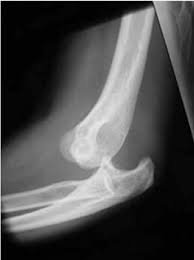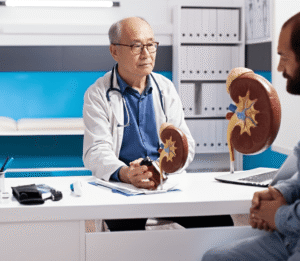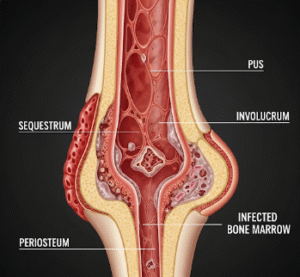Overview
A dislocation occurs when a bone is forced out of its normal position in a joint, causing pain, swelling, and impaired movement. In Korea, orthopedic specialists and emergency care units provide rapid assessment, reduction, and rehabilitation to ensure proper healing and prevent complications.
What is a Dislocation?
Dislocation is a musculoskeletal injury where the ends of bones are displaced from their joint. It can affect any joint, including the shoulder, elbow, fingers, hip, or knee. Dislocations often involve ligament damage, muscle strain, or nerve injury depending on the severity.
Symptoms
- Intense joint pain
- Visible joint deformity or misalignment
- Swelling and bruising
- Limited or complete loss of movement in the joint
- Numbness or tingling if nerves are affected
- Muscle spasms around the joint
Causes
- Trauma from falls, sports, or accidents
- High-impact collisions in contact sports
- Seizures or sudden muscle contractions
- Congenital joint instability in some cases
Risk Factors
- Previous dislocations (weakened ligaments)
- High-risk sports or physical activities
- Age-related ligament laxity
- Genetic conditions causing joint hypermobility
- Inadequate warm-up before activity
Complications
- Recurrent dislocations
- Chronic joint instability or arthritis
- Ligament, tendon, or cartilage damage
- Nerve or blood vessel injury
- Persistent pain and reduced range of motion
Prevention
- Strengthen muscles around joints
- Use protective gear during sports
- Warm-up and stretch before physical activities
- Avoid high-risk movements without proper technique
- Early treatment of minor joint injuries
Treatment Options in Korea
Diagnosis
- Physical examination by an orthopedic doctor
- X-rays to confirm bone displacement
- MRI or CT scans for soft tissue, ligament, or nerve damage
Medical Treatments
- Closed reduction to reposition the joint
- Pain management with analgesics or anti-inflammatories
- Immobilization using splints, braces, or slings
- Physical therapy to restore strength and mobility
Surgical or Advanced Therapies
- Arthroscopic surgery for severe ligament or cartilage injuries
- Reconstructive surgery for recurrent or complex dislocations
- Joint stabilization procedures to prevent recurrence













